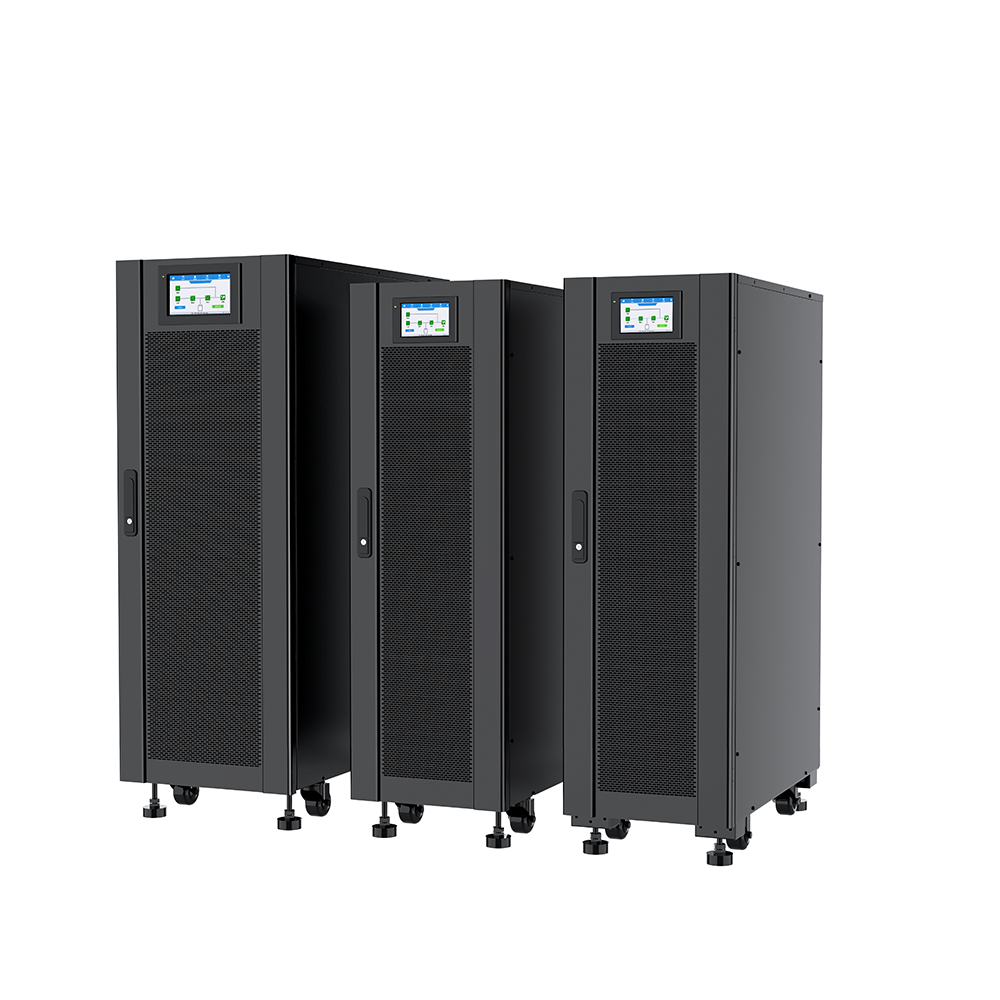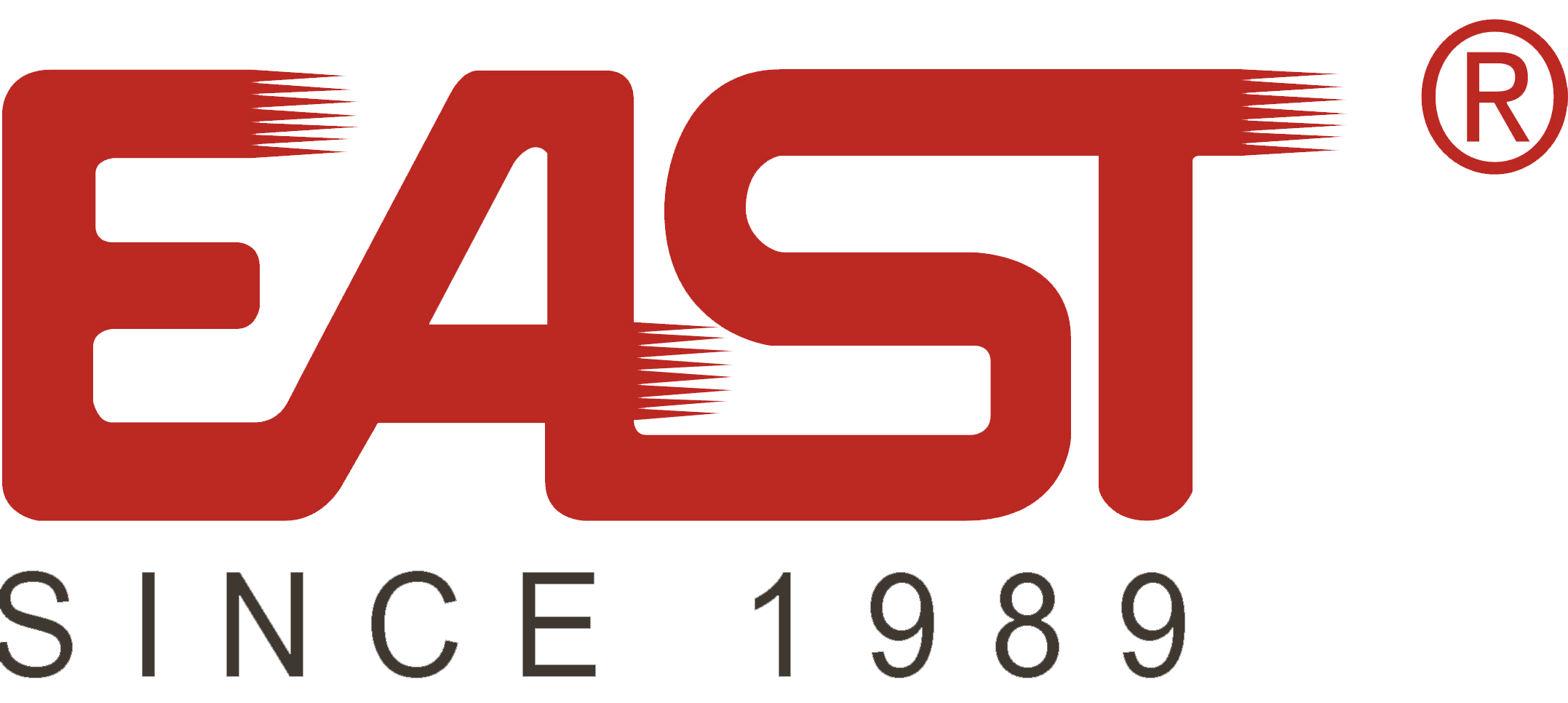Email format error
Email cannot be empty
Email already exists
6-20 characters(letters plus numbers only)
The password is inconsistent
Email format error
Email cannot be empty
Email does not exist
6-20 characters(letters plus numbers only)
The password is inconsistent


Understanding UPS Line Interactive Technology: An In-Depth Guide
A UPS (Uninterruptible Power Supply) is essential for protecting electronic devices from power problems. There are many types of UPS systems, each with different features. One of the most common is the line interactive UPS. But what does UPS line interactive mean? And how is it different from other UPS systems? In this blog, we will explain what UPS line interactive technology is, how it works, and how it compares to other UPS systems.
What is a UPS Line Interactive System?
A line interactive UPS is a type of power backup system that helps electronic devices run during power problems like voltage drops, spikes, or blackouts. It works by keeping a steady output voltage while also providing battery backup when the power goes out. The term "line interactive" means it can adjust the incoming power to protect against small changes in voltage.
A line interactive UPS uses an automatic voltage regulator (AVR) to fix minor voltage changes. If the power supply drops or rises slightly, the UPS can adjust the voltage without using the battery. The UPS only uses the battery when there is a complete power outage or a major voltage issue.
How Does a Line Interactive UPS Work?
Here’s how a line interactive UPS works:
-
Power Supply Interaction: The UPS is connected to the power line. Normally, it lets the power flow through to the devices.
-
Voltage Regulation: If the power voltage is too high or low, the UPS uses its AVR to adjust it. This keeps the devices connected to the UPS running smoothly without interruption.
-
Battery Backup: If the power goes out completely, the UPS switches to its battery. The inverter inside the UPS changes the DC voltage from the battery to AC power to run the devices.
-
Return to Line Power: Once the power returns to normal, the UPS switches back to the main power supply and recharges the battery for future use.
Benefits of Line Interactive UPS
Understanding UPS line interactive systems can help you see why many people prefer them. Below are the main benefits:
1. Cost-Effective
A line interactive UPS is cheaper than other UPS systems like online UPS. It provides good protection and saves energy. The AVR corrects small power problems without using the battery, which makes it efficient.
2. Reliable Protection Against Power Fluctuations
The AVR in line interactive UPS systems protects your devices from voltage drops or spikes. It ensures that the devices continue to work without interruption.
3. Efficient Battery Use
Because the line interactive UPS only uses the battery when needed, it helps the battery last longer. This is important when power outages are rare, but voltage problems happen often.
4. Compact Design
Line interactive UPS systems are smaller than online UPS systems, so they fit well in places with limited space.
UPS Line Interactive vs. Online UPS vs. Offline UPS
The difference between online, offline, and line interactive UPS systems is how they handle power problems. Here’s a simple comparison:
1. Online UPS: Continuous Power Supply
An online UPS always converts AC power to DC and then back to AC to provide power. This ensures no gap in power supply during an outage. However, online UPS systems are more expensive and use more energy because they are always running on battery power.
2. Offline UPS: Basic and Inexpensive
An offline UPS is a simple system that only provides battery backup when the power goes out. It does not fix voltage problems and only works when the power fails. While it is cheaper than both online and line interactive UPS, it offers less protection.
3. Line Interactive UPS: A Middle Ground
A line interactive UPS provides a good balance between cost and protection. It corrects voltage problems like an online UPS, but it only uses the battery when necessary. It is more energy-efficient than online UPS and cheaper than both online and offline UPS systems.
Applications of Line Interactive UPS
Line interactive UPS systems can be used in many different places. They are good for both home and business use. Here are some common applications:
1. Home Use
For things like computers, routers, gaming consoles, and home entertainment systems, a line interactive UPS makes sure the devices keep working during power problems. It also protects devices from damage caused by voltage issues.
2. Small and Medium Businesses
Businesses that rely on servers, computers, and communication systems can use a line interactive UPS. It keeps things running smoothly during small power problems and gives time to shut down equipment when the power goes out.
3. Telecommunication Equipment
Telecommunication systems often face power issues that can cause network downtime. A line interactive UPS keeps these systems working during small power changes, protecting important data and communication.
4. Medical Equipment
Some medical devices, like diagnostic machines, need steady power to work correctly. A line interactive UPS ensures these devices keep running during power fluctuations, preventing problems and damage.
Choosing the Right UPS: Why Line Interactive May Be Your Best Bet
When choosing a UPS, it’s important to think about what you need and your budget. Here’s why line interactive UPS might be the right choice for many:
- Affordable: A line interactive UPS is cheaper than online UPS but still gives you good protection.
- Good Protection: If you only deal with occasional power dips or spikes, a line interactive UPS is a great choice.
- Energy Efficient: The line interactive UPS uses less energy than online UPS, making it a better choice for long-term use.

Conclusion
Understanding UPS line interactive technology shows how it can help keep your devices running during power problems. Whether for home or business use, a line interactive UPS offers a cost-effective way to protect your equipment from power issues.

